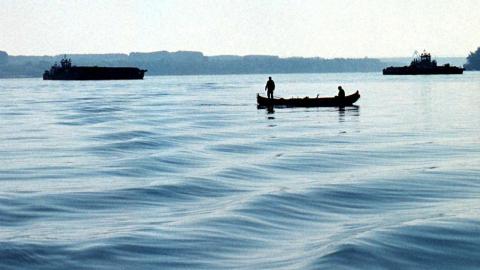Decimated Danube: Sturgeon Revival Efforts Neglect Roots of Poaching

Exported across Europe, Romanian caviar was as legendary as it was expensive. In 1960s Britain, it was known as 'millionaires' food', fetching more than £16 per lb and helping to prop up Romania's shaky finances. "The state took everything back then," Ivanov said.
Decades later, sturgeon stocks in the Danube have been decimated. In 2006, 17 years after the collapse of communism in Romania and a year before the country joined the European Union, Bucharest banned the fishing of sturgeon and subsequently extended the moratorium until 2021. Ukraine and Bulgaria have undertaken similar measures.
The ban and efforts to restock the Danube appear to have arrested the decline of some species.
Police, however, say poaching remains widespread, while the causes are more complex than the measures taken to stamp it out imply, according to an investigation by the Balkan Investigative Reporting Network, BIRN, and the Center for Media, Data and Society at the Central European University.
The persistence of poaching, say local experts and fishermen, has its roots in decades of exploitation of fishing communities by state agencies and business interests and a failure to find for them alternative means of making money since sturgeon fishing was banned.
"A little help wouldn't be bad," said Rares Ivanov, a 40-year-old fisherman in Sfantu Gheorghe.
"If they gave us a break, none of the fishermen would look for ways to avoid the law. They want us to turn to tourism? What should we feed the tourists? Fish from the supermarket?"
Dying breed
Poached sturgeons. Photo: Romanian border police
According to a study published in August 2019 by scientists at the Danube Delta National Institute for Research and Development, DDNI, there...
- Log in to post comments









